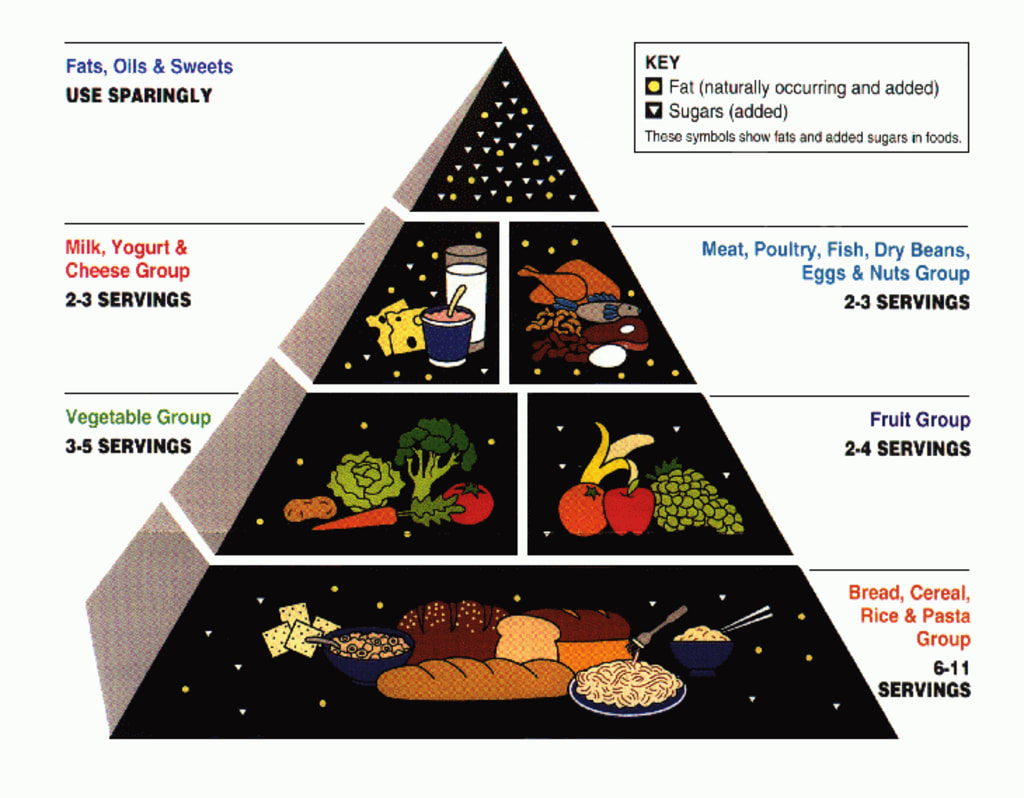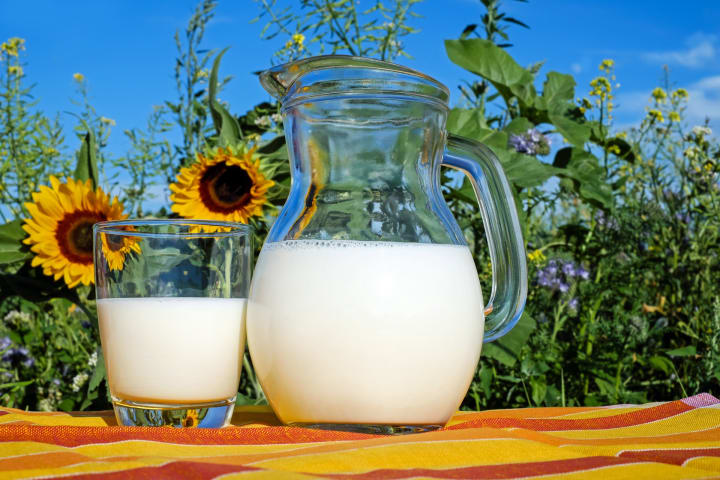Milk Is Important for Good Health
It contains many vitamins and minerals.

Drinking milk every day is an important part of good drinking habits. The food pyramid recommends drinking two to three servings of milk, yogurt, and cheese. It is a very good source of vitamin D. Milk also has significant amounts of vitamin B12, vitamin C, phosphorus, riboflavin, niacin, and calcium.
The type of milk we have been drinking for good health for many years comes from cows. Nowadays we can choose between whole milk and vitamin D milk. Milk flavored with chocolate, strawberry, etc. can be used, if regular milk is not available or sparingly for a sweet taste. Flavored milk has also been used to help children learn to drink milk for good health.
Milk deficiency can cause anemia, osteoporosis, etc. Drinking milk every day (adults and children alike) is important for good health and having the strength and energy for daily activities.

Milk is rich in vitamin D
Milk is full of vitamins and minerals. The list is long. Whole milk has 25 percent of the minimum daily requirement for vitamin D. This is much more than the ten percent; that is a substantial amount on the United States Department of Agriculture (USDA) scale. Vitamin D regulates mood. It also modulates immune cells in the body. It is important for bone health and weight control. It might help prevent cancer. Drinking milk to obtain enough vitamin D is especially important because it is hard to get enough of it from eating foods.
Whole milk contains 30 percent of the minimum daily requirement for calcium. Calcium, the most abundant mineral in the body, is important for healthy bones and teeth. Calcium is especially important for children, teenagers, and older people. More calcium might be needed by even everyone in between.
Calcium can improve muscle contraction and improve your appetite. It can help controlling levels of magnesium, phosphorus, and potassium in the blood. It might help prevent cancer occurring in an individual. It improves blood pressure and heart health.
Calcium is the chemical element with the symbol Ca and atomic number 20. It is an alkaline earth metal and is the fifth most abundant metal in the earth's crust.
Milk also has some protein content. Proteins are essential nutrients for the human body. They are important as building blocks for the body.
Proteins are polymer chains made of amino acids linked together by peptide bonds. Active people and athletes might need more protein than others.
Honey Is Delicious

Drinking honey and milk together has been found to be very healthy.
Honey and milk can be used as a remedy for insomnia and sleeplessness. Both have been used to fight insomnia and sleeplessness, but together they are even more potent.

Milk is not only a good source of vitamin D and calcium, but is also a good source of the vitamins thiamine (vitamin B1), riboflavin (vitamin B2), and vitamin B12. Thiamine helps convert carbohydrates into energy. Riboflavin helps red blood cell production, and is important for body growth. Vitamin B12 is important for brain and nervous system function. Milk is also an important source of vitamin A. Vitamin A improves vision and gives support to the immune system. Milk is not a substantial source of niacin (vitamin B3), pantothenic acid (vitamin B5), pyridoxine (vitamin B6), vitamin C, vitamin E, vitamin K, and folate, but at least a small amount is contained in milk.Vitamin E is important as an antioxidant. Vitamin K can reduce the risk of bleeding. Milk is a good source of several minerals, including the aforementioned calcium. It is also a good source of magnesium, phosphorus, potassium, selenium, and zinc. Phosphorus, like calcium, is important for bone growth. Zinc and selenium help with immune system function. Potassium helps the muscles and nerves function properly. Magnesium is important for the production of energy and cardiovascular function. Niacin is also known as nicotinic acid. It is an organic compound that has the formula C6H5NO2, and belongs to the group of pyridinecarboxylic acid. Zinc is the chemical element with symbol Zn and atomic number 30. It is the first element in group 12 of the periodic table. It is the twenty-fourth most abundant element in the earth's crust. It was named by the alchemist Paracelsus after the German word zinke, which means "tooth." Selenium is the chemical element with symbol Se and atomic number 34. Native selenium is a rare mineral. High amounts of selenium can be found in the ocean.
About the Creator
Danny Fleming
I received a Bachelor of Science in Mathematics in 1996. I have written several sonnets. I also wrote How to Prove The Collatz Conjecture and Many Articles on Many Subjects.






Comments
There are no comments for this story
Be the first to respond and start the conversation.